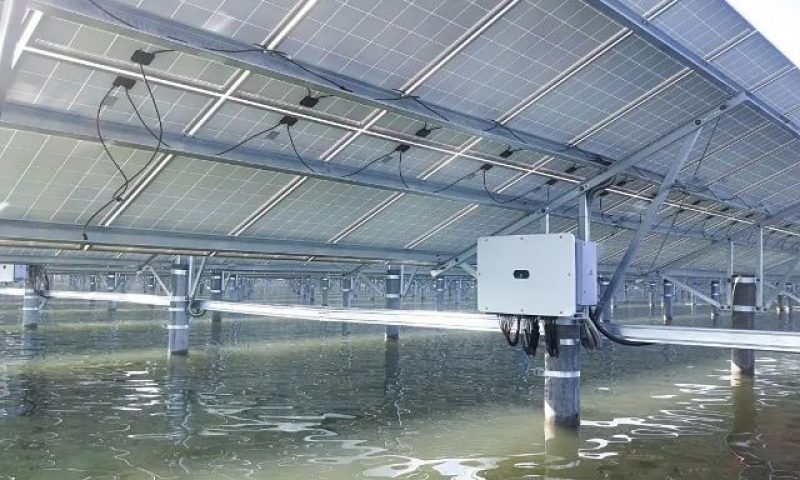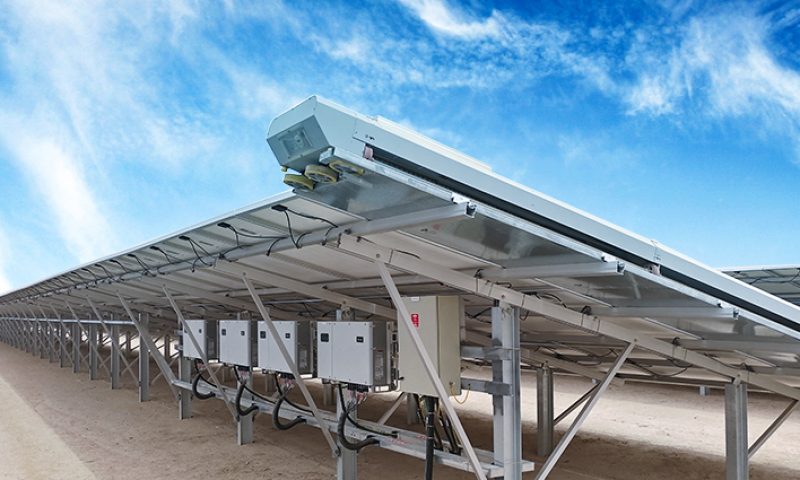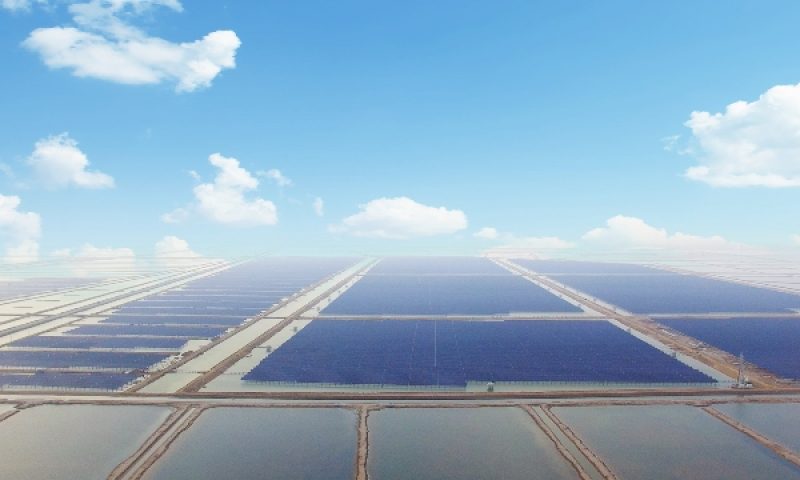
Tongwei 300 MW Smart PV Plant Exceeds Expectations
Tongwei 300 MW Smart PV Plant, the Largest Fishery-Solar Project Got 5% Higher Yields than Initial Simulation
In Shandong Province, China, a 300 MW fishery-solar PV power system has been transmitting green power to thousands of households every day by absorbing sunlight since this July. In the past, salt fields and traditional farming were the main scenic attractions in the region, while both land and sea had low utilization efficiency. Today, PV modules have ushered in the district’s efficient development.
Tongwei (Shenzhen) Co., Ltd. invested in and constructed the fishery-solar project, which covers an area of over 5.2 km2 with a total installed capacity of 300 MW. Approximately 400 million kWh on average will be fed into the power grid each year within the 25-year lifecycle. It is the largest single fishery-solar project globally, and also representative of the “power generation at the top, and aquaculture below the surface” concept.
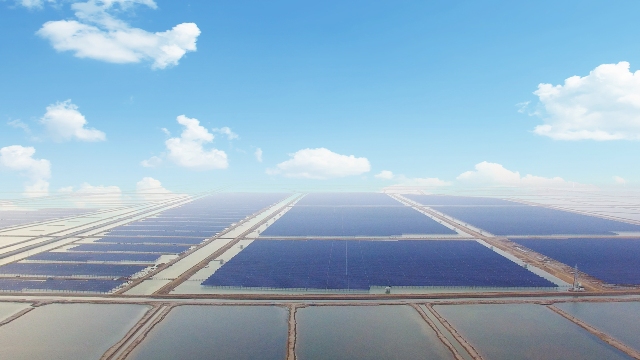
The project uses Huawei FusionSolar Smart PV Solution to scientifically combine the modern agriculture, fishery, and smart PV industries. In addition, it converts the barren wilderness into an oasis with water, gaining benefits from rough regions.
Fishery-solar projects have been facing numerous challenges over a long period of time. Compared with common utility PV projects, construction difficulty in terms of design, construction, and O&M is much higher for fishery-solar projects. These challenges are caused by the harsh site construction environment, as well as the technology linkage restriction of the entire PV system.
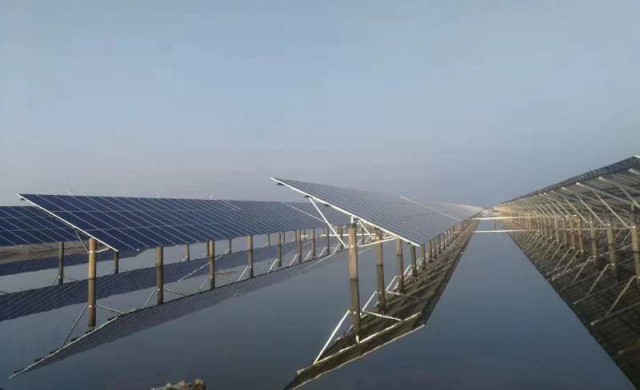
Compared with traditional solutions, how does Huawei FusionSolar Smart PV Solution address these challenges?
Huawei Smart PV Solution comprehensively takes the entire system into account. With advanced technologies, such as digitalization and AI, Huawei FusionSolar Smart PV Solution delivers more benefits to customers, including lower costs, higher energy yields, higher reliability, and lower O&M costs.
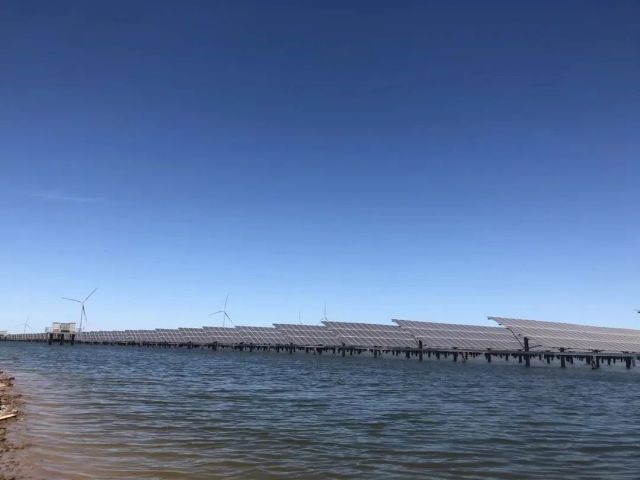
1. Multiple MPPTs, improving energy yield by over 5%. In a 3.15 MW PV array, the traditional centralized solution uses one MPPT, while the Smart PV Solution uses 144 MPPTs. More MPPTs reduce the impact of string mismatch caused by shading and inconsistent orientation, improving system efficiency and ensuring high energy yields. In addition, the SUN2000-175KTL operates at a voltage range of 500 V to 1500 V. A lower operating voltage limit ensures that the inverters can start earlier and shut down later, have a longer power generation time, and generate more power each day.
2. PID effect prevention, avoiding fast degradation of PV modules in high-humidity and high-temperature environments, while also ensuring personal safety. The PID effect is severe in damp and high-temperature environments because water vapor tends to gather on the water surface and erodes PV modules, causing energy yield loss. Huawei deploys the smart anti-PID module in the smart array controller. A virtual positive pressure circuit is set in the system to maintain positive voltage between the PV module and ground, thereby effectively preventing the PID effect. Compared with the traditional PID repair solution, energy yield can be increased by over 2%, while also supporting a larger PV array of over 5 MW.
3. MBUS communication, meeting the scheduling requirements of PV plants more quickly. The fishery-solar PV plant needs to be operated on water, involving a high level of difficulty and posing high technical requirements. In addition, the project scale is large, and the entire site is divided into 81 arrays. The traditional communication mode has a long cabling period, poor transmission reliability, and poor maintainability; therefore, it cannot meet requirements. In contrast, Huawei Smart PV Solution uses the MBUS broadband power line communication (PLC), and AC power cables as channels, thereby avoiding RS485 cable restrictions and facilitating construction. Additionally, the MBUS can enhance the 1000 m long-distance transmission, which becomes faster, more stable, and more reliable.
4. IP66 protection and multiple stringent tests, ensuring long-term equipment reliability. Although the traditional centralized solution features protection, it is still difficult to block dust and water vapor. To avoid this issue, Huawei FusionSolar Smart PV Solution uses IP66 protection. The fully enclosed design isolates the power and cabling compartments, completely adapting to water-based damp areas. Moreover, the equipment reliability of the Huawei Smart PV Solution has been comprehensively verified through over 1400 passed stringent tests, including outdoor exposure, high temperature and rain, high temperature and humidity, as well as wet dust tests.
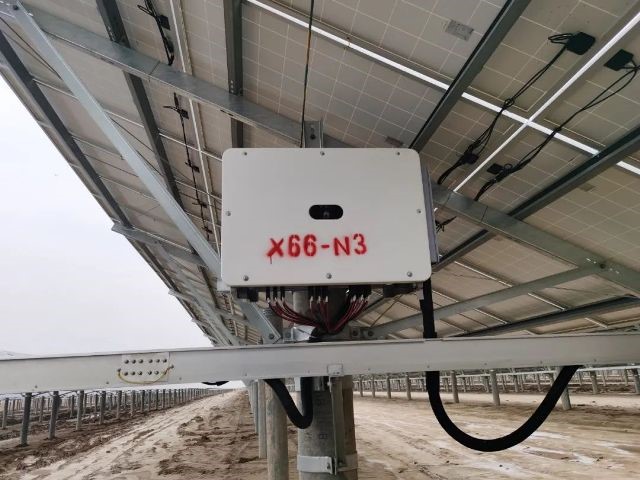
5. Smart I-V Curve Diagnosis, simplifying O&M. Traditional PV plant inspections are both time-consuming and inefficient. It is difficult to avoid human errors during manual sampling inspections, especially water-based inspections. The AI-powered Smart I-V Curve Diagnosis can remotely detect all the PV modules in a PV plant. The detection time has shortened to 15 minutes for 100 MW PV plants, and reports are automatically generated, significantly improving O&M efficiency. This solution is suitable for fishery-solar PV plants as they have complex environments which make onsite troubleshooting difficult. More importantly, based on the massive data training and continuously optimized AI models, the diagnosis accuracy is considerably higher than the industry standard. In addition, more complex application scenarios and PV modules are supported, including bifacial and mixed PV modules, and this is unique across the industry.
Digitalization plus AI is the mainstream trend of large-scale PV plants. As the largest single fishery-solar project in the world, the Tongwei 300 MW fishery-solar PV plant creates a new ecosystem under PV panels, technology and aquaculture coexist harmoniously. It serves as a model for large-scale PV projects.




